How Google Earth Found A Lost Forest!
Hi Steemians,
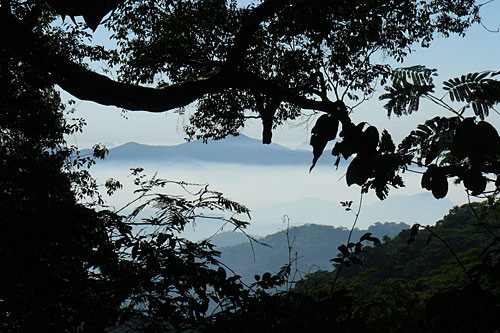
Lost Forest? I know it sounds like it's straight from a movie, but it couldn't be more real. Google Earth one of the tech giants most popular applications has done what no one else could do. In 2005 Julian Bayliss, a conservation biologist for Kew Gardens and a technical adviser for the Government of Malawi, was searching Google Earth and stumbled upon the the unknown forest, situated high on a mountain in Mozambique. 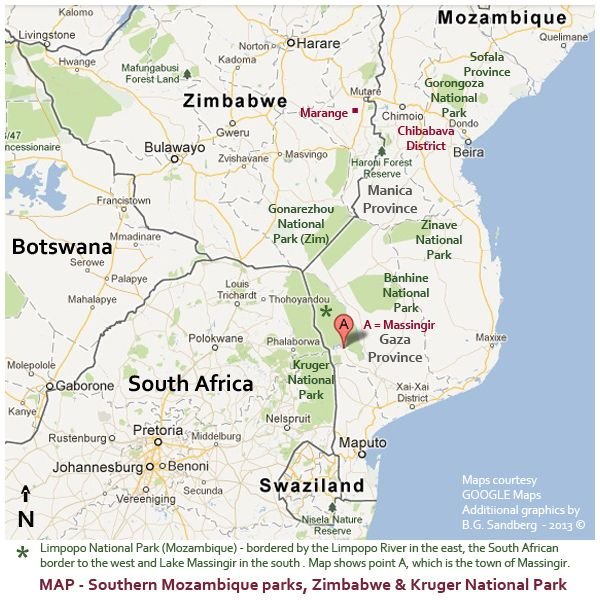
Professor Bayliss was specifically looking for forestation that was at minimum 1,600m (1mi) above sea level where there was unusual amounts of rainfall since those conditions meant the place could possibly be vegetated. While conducting this research, he found Mount Mabu a mountain that stood at approximately 1,700 meters high and a forest that covers about 7,000 hectares.
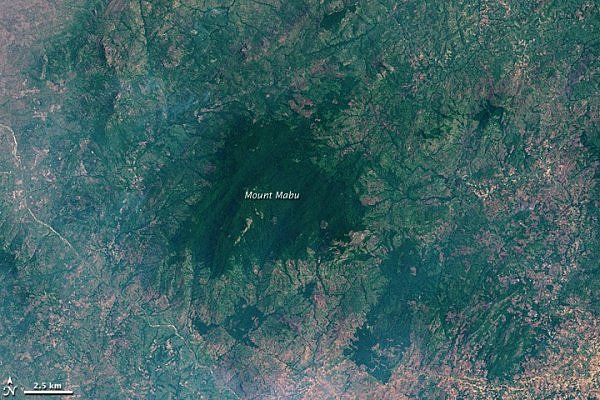
In the more current satellite photos of Mount Mabu, shades of pale green, tan and beige of cropland surround the deep green rainforest in the centre. Scattered deep green patches found throughout the lighter areas denote areas of now-isolated forest. These areas are largely inaccessible to humans, because of such thick undergrowth.
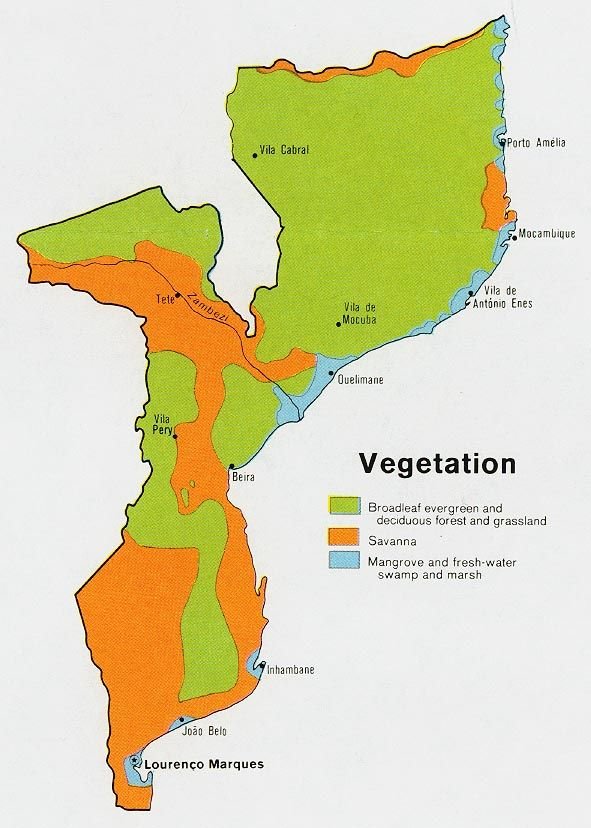
Due to civil war that raged all over Mozambique from 1977 to 1992 this area remained well preserved, although being known by local tribes, as far as most Mozambique citizens were concerned, Mount Mabu was nonexistent and could not be found on any traditional map. Local villagers kept their knowledge of Mabu secret because they used it as a refuge during the war. 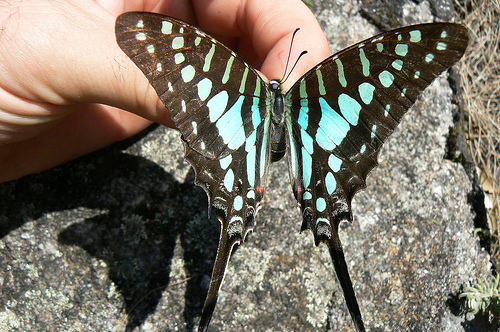
In 2009 A British-led expedition was sent to investigate the remote mountainside for the first time in western history. The team found an Old Growth forest, rich in biodiversity. In just under a month, scientists led by a team from the Royal Botanic Gardens in Kew found hundreds of different plant species, birds, and monkeys.
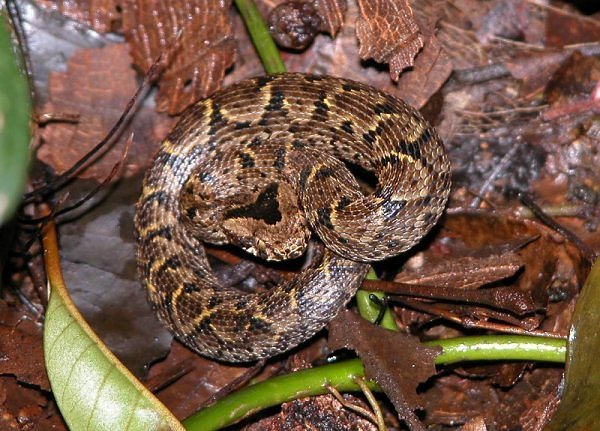
Later expeditions have discovered a new species of giant snake, the list also include butterflies, two more species of snakes, a species of crab, and five plants. There are likely many more new species in the forest, with research still continuing, that list could become quite long.
Check out the short Youtube documentary by Professor Bayliss and his team. (Below)
Video courtesy
Images courtesy:
http://scribol.com/environment/forests/google-earth-uncovers-the-lost-forest-of-mount-mabu/
https://www.theguardian.com/science/grrlscientist/2013/nov/08/mount-mabu-google-earth-maps-video
http://www.telegraph.co.uk/news/earth/earthpicturegalleries/3901029/Mount-Mabu-Mozambique-Scientists-discover-new-forest-with-undiscovered-species-on-Google-Earth.html?image=12
Congratulations! This post has been upvoted from the communal account, @minnowsupport, by Danjo1984 from the Minnow Support Project. It's a witness project run by aggroed, ausbitbank, teamsteem, theprophet0, someguy123, neoxian, followbtcnews, and netuoso. The goal is to help Steemit grow by supporting Minnows. Please find us at the Peace, Abundance, and Liberty Network (PALnet) Discord Channel. It's a completely public and open space to all members of the Steemit community who voluntarily choose to be there.
If you would like to delegate to the Minnow Support Project you can do so by clicking on the following links: 50SP, 100SP, 250SP, 500SP, 1000SP, 5000SP.
Be sure to leave at least 50SP undelegated on your account.
This post is qualified for a resteem by the Abasinkanga Resteem Service
I am not a bot. Upvote this comment if you like this service
This post will help to the advetureous person